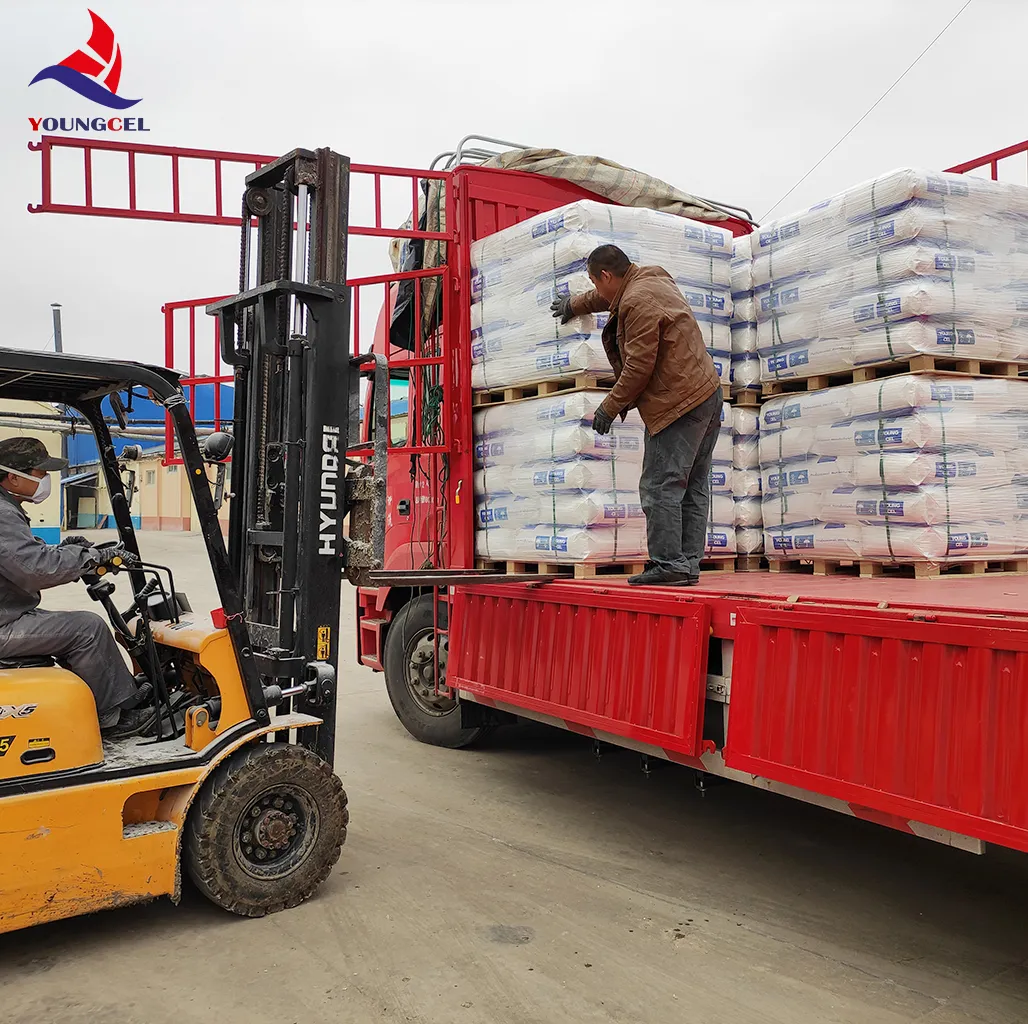The Role of HPMC in Construction Chemicals
In the ever-evolving world of construction, the integration of advanced materials and chemicals has become paramount for improving the durability, workability, and performance of various building applications. One such vital component is Hydroxypropyl Methylcellulose (HPMC). HPMC is a cellulose ether derivative that has gained extensive popularity in the construction industry due to its unique properties and versatility.
What is HPMC?
HPMC is synthesized through the chemical modification of cellulose, a natural polymer obtained from plant cell walls. The modification introduces hydroxypropyl and methoxy groups, enhancing water solubility while maintaining the structural integrity of cellulose. The result is a white, odorless powder that can easily dissolve in cold water, forming a viscous solution. Its properties, including thickening, emulsifying, and film-forming capabilities, make HPMC a preferred ingredient in various construction applications.
Applications in Construction
1. Cement-Based Products One of the primary applications of HPMC is in cement-based materials such as tile adhesives, self-leveling compounds, and mortar. When added to these formulations, HPMC improves workability, allowing for easier application and better adhesion. Moreover, it extends the open time, permitting workers to adjust tiles or other components without compromising the bond. The water retention ability of HPMC ensures that the moisture necessary for the curing of cement remains available, which is critical for achieving optimal strength.
2. Dry Mix Mortars The use of dry mix mortars has surged in recent years due to their convenience and consistency in application. HPMC plays a crucial role in enhancing the performance of these mortars by improving their flowability and preventing segregation. Additionally, HPMC contributes to better adhesion properties and reduces shrinkage, thereby minimizing the risk of crack formation.
construction chemical hpmc

3. Wall Coatings and Paints HPMC is widely used in the formulation of wall coatings and paints, where it acts as a thickener and stabilizer. Its ability to control the viscosity of the paint improves the application process, providing a smooth finish while preventing the sedimentation of pigments. This results in a uniform color and enhances the overall appearance of painted surfaces.
4. Gypsum Products In the production of gypsum-based materials, such as plaster and wallboard, HPMC serves as a key additive that improves the workability and enhances the adhesion properties of the products. It also helps in optimizing the setting time, ensuring that the application remains efficient without compromising the quality.
Advantages of Using HPMC
The incorporation of HPMC in construction chemicals offers numerous advantages
- Enhanced Workability HPMC improves the handling characteristics of construction materials, leading to increased productivity on site. - Water Retention Its excellent water retention properties prevent premature drying and enhance the curing process of cementitious materials. - Versatile Applications HPMC can be used across a wide range of construction products, making it a versatile additive. - Environmentally Friendly As a natural polymer, HPMC is non-toxic and safe for use in construction, showcasing its compatibility with sustainable building practices.
Conclusion
In summary, Hydroxypropyl Methylcellulose (HPMC) has established itself as an indispensable component in the realm of construction chemicals. Its multifunctional properties improve the performance, durability, and application of various building materials. As the construction industry continues to embrace innovative solutions, the significance of HPMC is likely to grow, paving the way for safer, more efficient, and high-performing construction practices. The future of construction chemicals is undoubtedly bright with HPMC at the forefront of development.






